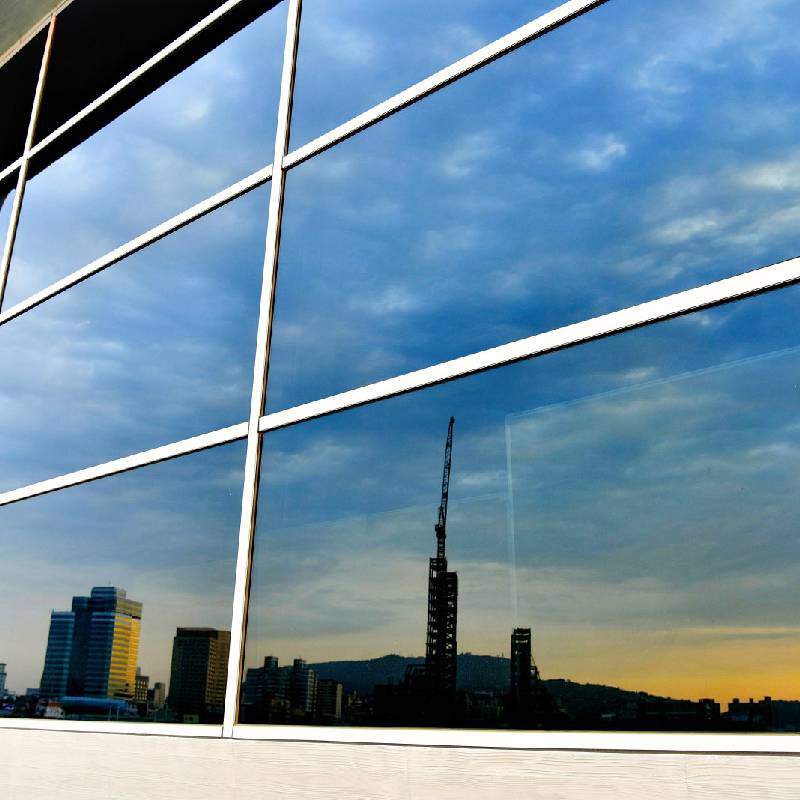

The Art and Science of Patterned Glass A Journey Through the Factory
Patterned glass has captivated the human imagination for centuries, serving both functional and aesthetic purposes. Whether used in buildings, art installations, or everyday objects, patterned glass brings a unique blend of artistry and innovation. This article takes you on a journey through a typical patterned glass factory, shedding light on the intricate processes involved in its creation.
At the heart of the patterned glass factory is an environment buzzing with creativity and craftsmanship. As you enter, you are greeted by the shimmering reflections of light bouncing off various glass panels, each showcasing intricate designs. The air is filled with a mix of heat and the faint clinking sound of glassware, creating an ambiance that highlights the delicate nature of the material being manipulated.
Raw Materials and Initial Processing
The journey of creating patterned glass begins with raw materials. Silica sand, soda ash, and limestone are the primary ingredients used to produce glass. These materials are thoroughly mixed in precise proportions, reflecting the factory’s commitment to quality and consistency. Once mixed, the ingredients are heated in a furnace at temperatures exceeding 1,700 degrees Celsius until they melt into a viscous liquid. It is in this molten state that the magic begins.
The molten glass is then poured onto a flat surface where it can be further manipulated. At this stage, skilled artisans use various techniques to introduce patterns and textures into the glass. One common method is known as “roller printing,” where designs are etched onto rollers that imprint the pattern onto the glass as it passes through. This technique allows for fine details and intricate designs, making every piece unique.
Innovative Techniques in Patterning
The factory employs a variety of innovative techniques to create different patterns, depending on the desired aesthetic and functional qualities. For instance, “sandblasting” is often used to create a frosted effect. In this process, fine particles of sand are blasted at high pressure to remove layers of the glass's surface, resulting in a soft texture that diffuses light beautifully.

Another popular method is “acid etching,” where a solution is applied to specific areas of the glass to create contrasting textures. This technique allows for greater artistic freedom, enabling artists to produce complex designs that can tell a story or evoke an emotional response.
In addition to these traditional methods, modern technologies have introduced more intricate patterns into the production process. Digital printing allows for photographic-quality images to be transferred onto glass surfaces, offering a contemporary twist on a classic medium. This innovation has expanded the possibilities of what patterned glass can achieve, making it popular in commercial spaces and residential interiors alike.
Quality Control and Finishing Touches
Once the glass has been patterned, it undergoes rigorous quality control. Each panel is inspected for imperfections, ensuring that only the highest quality product reaches customers. This stage is critical, as even the slightest flaw can compromise the artistic vision or the structural integrity of the glass.
After passing quality checks, the glass is cut and polished to create the final product. The edges are smoothed to prevent injury and to enhance aesthetics. Depending on the intended use—be it windows, doors, or decorative pieces—additional treatments such as tempering or laminating may be applied to enhance strength and safety.
The Role of Patterned Glass in Architecture and Design
The completed patterned glass panels are then shipped to architects, designers, and artists who use them to bring spaces to life. In architecture, patterned glass serves both functional and decorative purposes. It can provide privacy without sacrificing light, enhance energy efficiency, and add character to facades. In interior design, it can accentuate themes, create focal points, or add a touch of elegance to any room.
In conclusion, the patterned glass factory stands as a testament to the harmonious relationship between art and technology. Each piece of patterned glass tells a story of creativity and craftsmanship, reflecting the dedication of the artisans who bring it to life. As you admire the beauty and intricacy of patterned glass in your surroundings, remember the labor and passion that goes into creating these stunning works of art.